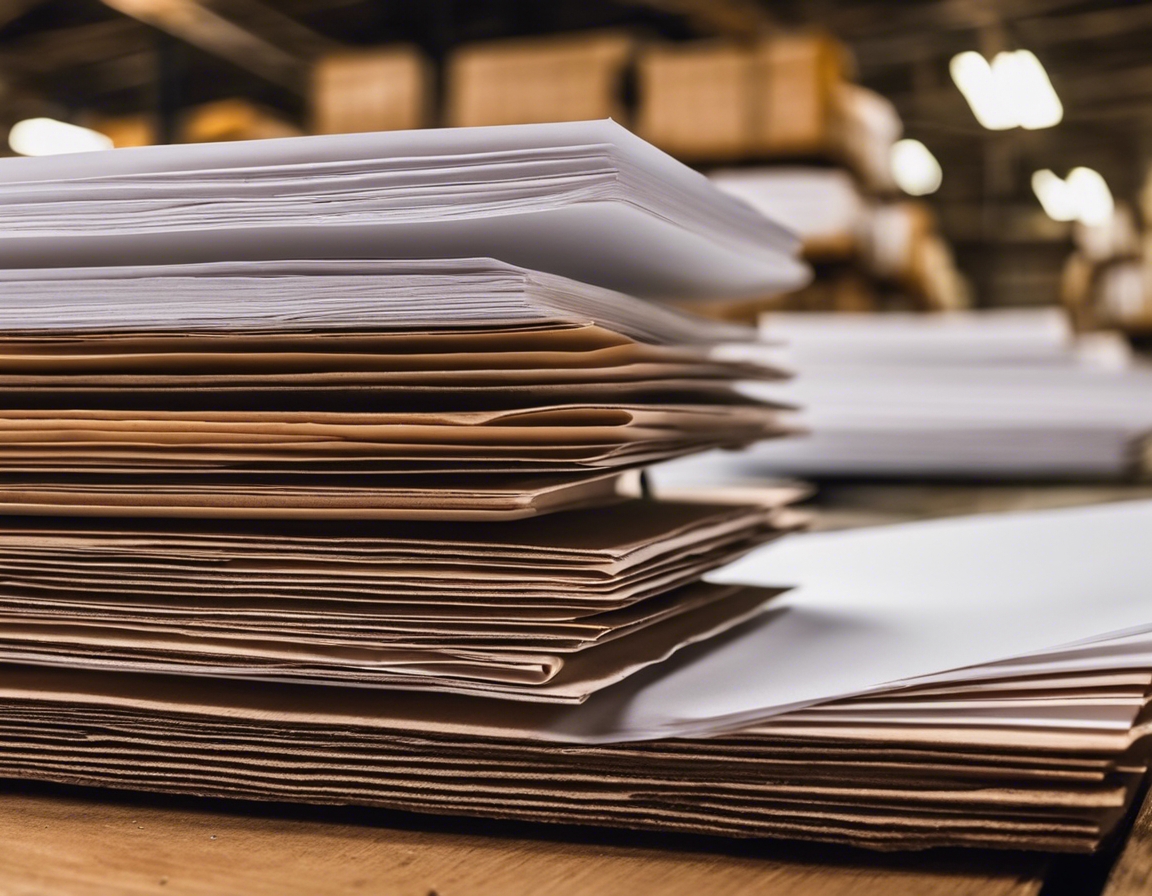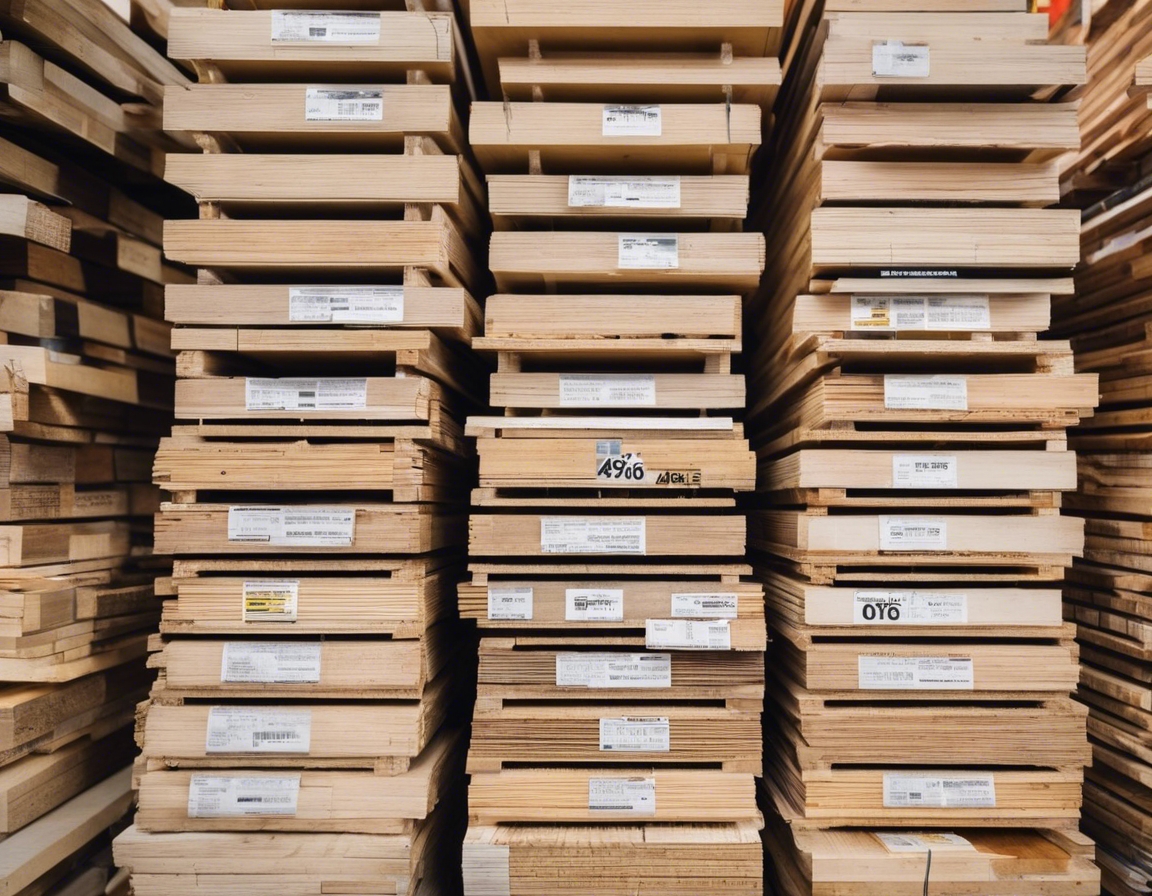The future of paper: innovations in sustainability
As the world becomes increasingly aware of the environmental impact of industrial processes, the paper industry is under scrutiny for its role in deforestation, water consumption, and carbon emissions. Sustainable paper production has become a critical goal for manufacturers, consumers, and environmental advocates alike.
Sustainable paper is essential for reducing the environmental footprint of one of the world's most widely used commodities. By adopting sustainable practices, the paper industry can conserve natural resources, minimize waste, and contribute to a healthier planet.
Traditional paper production involves extensive use of wood, water, and energy, leading to deforestation, water scarcity, and increased carbon emissions. Addressing these challenges is vital for the future of the industry.
Innovative Approaches to Sustainable Paper
Recycling paper is a key component of sustainable production, reducing the need for virgin wood pulp and saving energy and water. Recycled paper also lowers the industry's carbon footprint, making it a preferred choice for eco-conscious consumers.
Exploring non-wood alternatives such as bamboo, hemp, and agricultural residues can help reduce the pressure on forests. These materials often require less energy and chemicals to process, further enhancing sustainability.
Implementing energy-efficient technologies and processes in paper mills can significantly reduce environmental impact. This includes using renewable energy sources and recovering energy from production waste.
Technological Advancements in Paper Manufacturing
The integration of digital technologies in paper production can optimize resource use, improve process efficiency, and reduce waste. Smart sensors and automation are at the forefront of this transformation.
New pulping methods that are less energy-intensive and produce fewer pollutants are being developed. These techniques also aim to increase the yield of usable fibers from raw materials, further conserving resources.
3D printing technology is opening up new possibilities for using paper in sustainable ways. By creating objects from paper-based materials, there is potential for reducing plastic use and encouraging recycling.
Industry Initiatives and Certifications
FSC certification ensures that paper products come from responsibly managed forests that provide environmental, social, and economic benefits. This certification is a key indicator of sustainability for consumers and businesses.
PEFC is another certification that promotes sustainable forest management. It focuses on ensuring that forestry practices are environmentally responsible, socially beneficial, and economically viable.
Many paper companies are embracing CSR, committing to sustainable practices throughout their operations. This includes responsible sourcing, reducing emissions, and engaging with local communities.
Future Trends in Sustainable Paper
The development of paper products that can biodegrade or be composted is a significant step towards reducing waste. These products can help close the loop in the product lifecycle, leading to a more circular economy.
Innovative packaging designs that use less material, are easily recyclable, or incorporate smart functions to extend shelf life are becoming more prevalent. These solutions contribute to sustainability by reducing waste and resource use.
Ultimately, the success of sustainable paper depends on consumer choices. Educating consumers about the benefits of sustainable paper and encouraging them to choose responsibly sourced products are crucial for driving industry change.






Comments (0)